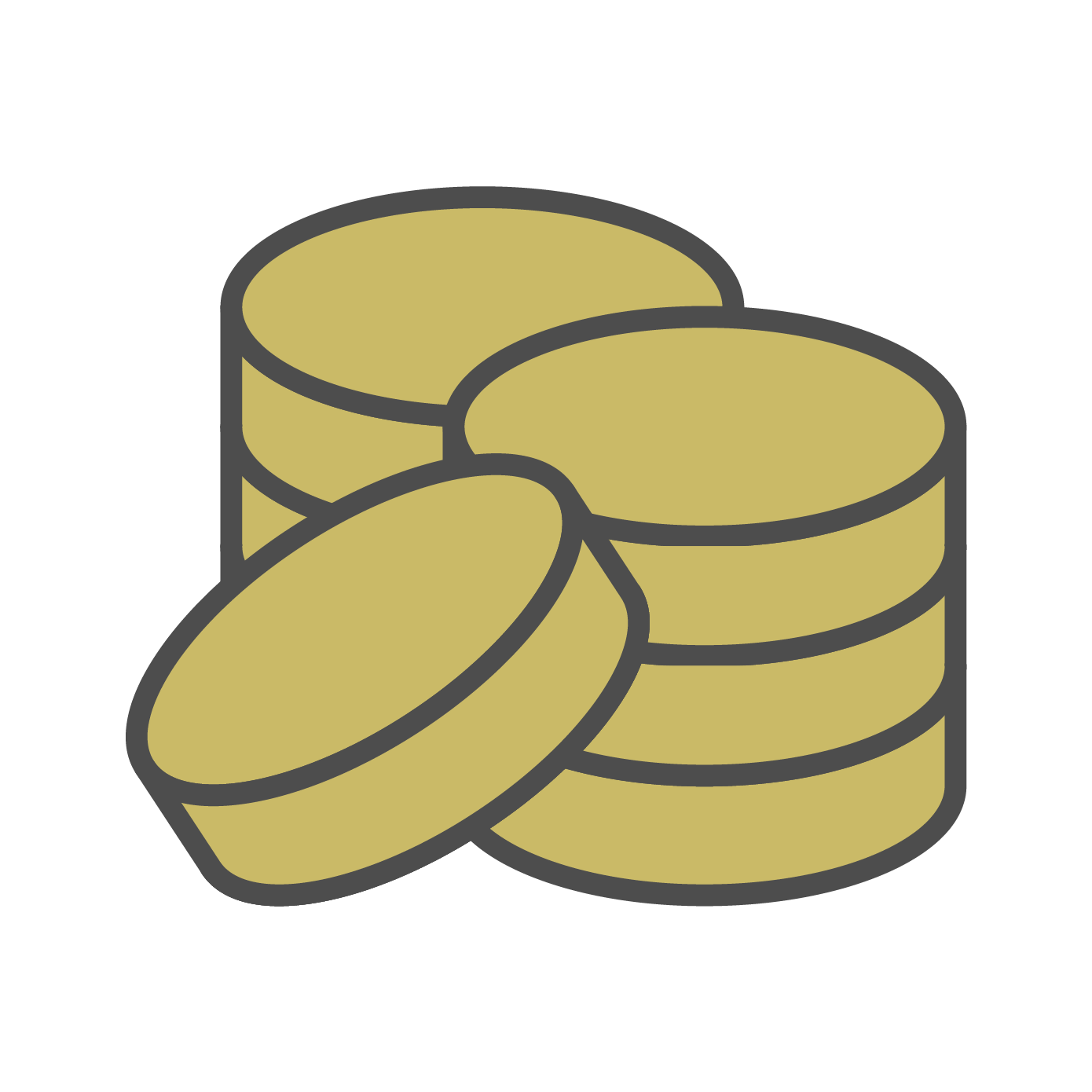15 Fascinating Facts About Gold
15 Fascinating Facts About Gold You Probably Didn’t Know
Gold has captured human fascination for millennia. From ancient civilizations to modern economies, this precious metal has played a crucial role in shaping history and culture. Whether you’re an investor, collector, or simply curious, here are 15 interesting facts about gold that highlight its unique properties and enduring appeal.
1. Gold Is Almost Indestructible
Gold is one of the most durable substances on Earth. It doesn’t tarnish, rust, or corrode, making it incredibly resistant to the elements. The gold we have today is the same gold that existed millions of years ago. It’s estimated that all the gold ever mined still exists in some form.
2. Gold Is Incredibly Malleable
One of gold’s most remarkable properties is its malleability. Just one ounce of gold can be hammered into a sheet that covers 300 square feet. It can also be drawn into a thin wire stretching for miles without breaking. This malleability makes gold perfect for a variety of uses, from intricate jewelry designs to electronic components.
3. Gold Is Edible
Believe it or not, gold is non-toxic and can be safely ingested in small quantities. Gold leaf is often used to decorate gourmet dishes, desserts, and even beverages. It’s considered a symbol of luxury and indulgence, especially in high-end culinary circles.
4. Gold Is Found in Space
Gold isn’t just found on Earth; it’s also present in space. Scientists have discovered that gold is formed in supernova explosions and colliding neutron stars. In fact, some of the gold on Earth likely originated from meteorites that bombarded the planet billions of years ago.
5. The World’s Largest Gold Nugget
The largest gold nugget ever found is known as the “Welcome Stranger.” It was discovered in Australia in 1869 and weighed an astonishing 72 kilograms (158.7 pounds). This massive nugget was so large that it had to be broken into smaller pieces before it could be weighed.
6. Gold Is Used in Medicine
Gold has unique properties that make it valuable in the field of medicine. It’s used in treatments for conditions such as rheumatoid arthritis and certain types of cancer. Gold nanoparticles are also being researched for their potential in targeted drug delivery and diagnostic imaging.
7. Olympic Gold Medals Aren’t Pure Gold
While Olympic gold medals are among the most coveted prizes in sports, they aren’t made entirely of gold. Since 1912, Olympic gold medals have been primarily composed of silver and are only coated with about 6 grams of pure gold.
8. There’s a Lot of Gold in the Oceans
It’s estimated that there are about 20 million tons of gold dissolved in the world’s oceans. However, the concentration is so low—about 13 billionths of a gram per liter—that it’s not currently feasible to extract it commercially.
9. Gold Is a Great Conductor of Electricity
Gold is an excellent conductor of electricity, which is why it’s widely used in electronics. Despite being more expensive than other conductive metals like copper and silver, gold’s resistance to tarnishing makes it ideal for high-reliability applications, such as in satellites and computers.
10. Gold Coins Have Been Used for Over 2,500 Years
The first known gold coins were minted in Lydia, an ancient kingdom in what is now Turkey, around 600 BCE. These early coins were a blend of gold and silver, known as electrum, and were used for trade and commerce.
11. Gold Is Measured in Karats
Gold purity is measured in karats, with 24-karat gold being pure gold. Lower karat numbers, such as 18K or 14K, indicate that the gold has been alloyed with other metals for added strength and durability, which is common in jewelry.
12. The Value of Gold Is Timeless
Gold has been valued by every major civilization in history, from the ancient Egyptians to the present day. Its status as a symbol of wealth and power has never diminished, making it a timeless asset and a reliable store of value.
13. Gold’s Melting Point Is Astonishingly High
Gold has a melting point of 1,064 degrees Celsius (1,947 degrees Fahrenheit). This high melting point, combined with its durability and resistance to corrosion, makes gold suitable for use in high-temperature applications, such as in aerospace engineering.
14. Gold Is a Global Currency
Even though we no longer use gold coins in everyday transactions, gold is still recognized as a form of currency. Central banks around the world hold gold reserves as a hedge against economic instability and as a means of settling international debts.
15. The Total Amount of Gold Ever Mined
It’s estimated that about 197,576 metric tons of gold have been mined throughout history. If all the gold ever mined were melted down, it would form a cube with sides of approximately 21.7 meters (71 feet). Despite its abundance, the demand for gold continues to grow, driven by its unique properties and enduring appeal.
Conclusion: Gold’s Endless Fascination
Gold’s enduring allure lies in its rarity, beauty, and versatility. Whether you’re interested in gold for its investment potential, its historical significance, or its role in modern technology, there’s no denying that gold remains one of the most fascinating and valuable materials on Earth.
If you’re looking to learn more about gold, its market trends, or how to invest in gold, explore more articles and resources on GoldBuyingFacts.com. Whether you’re a seasoned investor or just starting, understanding these intriguing aspects of gold can enhance your appreciation of this precious metal.
For more insights on gold investment and how it can benefit you, visit goldbuyingfacts.com, your trusted source for expert advice and up-to-date information.

